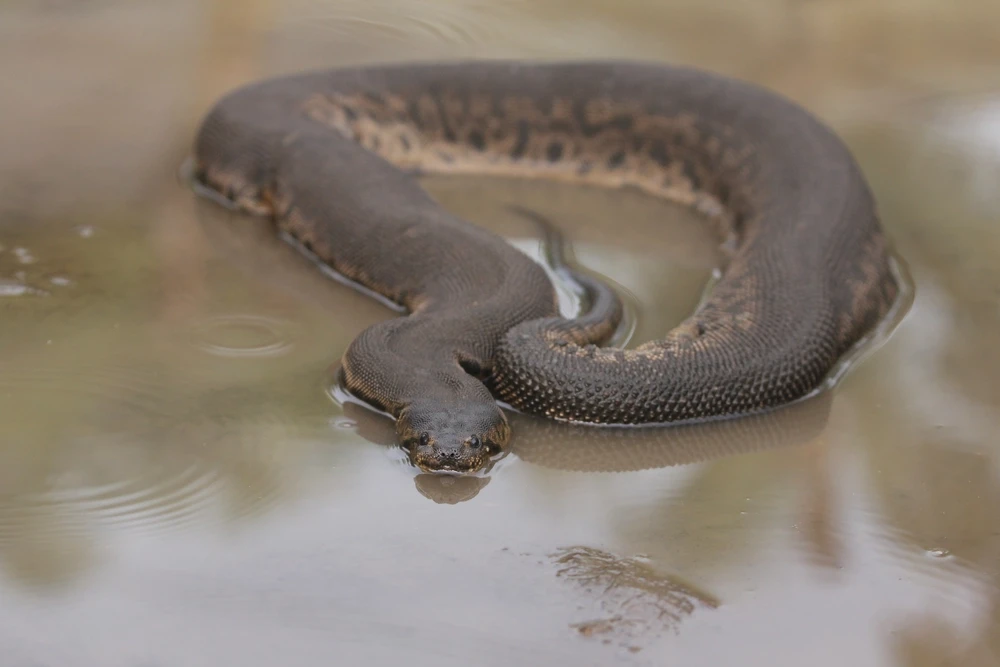In the complex tapestry of wildlife interactions, the social behaviours of snakes remain some of the most misunderstood aspects of herpetology. While popular culture often portrays snakes as solitary, aggressive creatures, the reality is far more nuanced. Non-venomous snakes, comprising about 85% of all snake species worldwide, engage in various forms of social interaction that could be interpreted as “friendships” in the broadest sense of the term. These relationships aren’t based on emotional bonds as mammals might experience, but rather on evolutionary advantages that promote survival, reproduction, and resource optimization. This article explores the fascinating ways non-venomous snakes interact with members of their own species and sometimes with other animals in what could be considered snake “friendships” in their natural habitats.
The Myth of the Solitary Snake
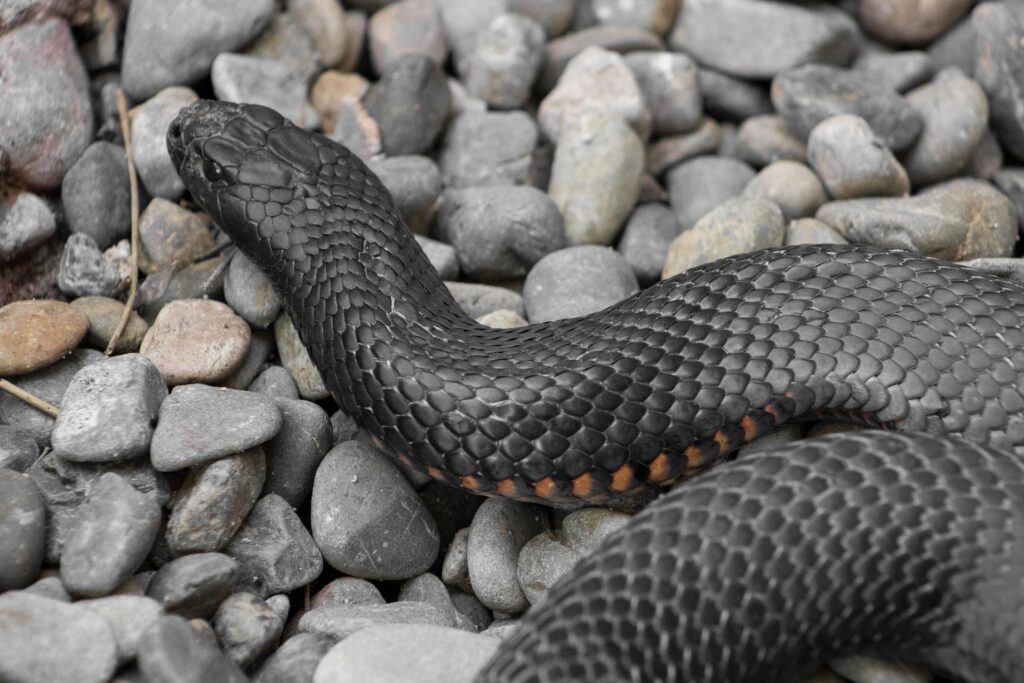
The common perception of snakes as completely solitary creatures is gradually being debunked by modern herpetological research. While it’s true that many snake species spend significant portions of their lives alone, studies have revealed numerous scenarios where non-venomous snakes actively seek out and maintain contact with conspecifics (members of the same species). Garter snakes, for instance, have been documented forming aggregations that can include hundreds of individuals during hibernation periods. These social gatherings aren’t random but involve complex chemical communication and recognition of familiar individuals. Research from places like Manitoba, Canada, where red-sided garter snakes emerge from massive communal dens each spring, has provided valuable insights into these sophisticated social structures that challenge our traditional understanding of reptilian behavior.
The Language of Friendship: Chemical Communication

Non-venomous snakes primarily “talk” to each other through an intricate system of chemical signals that function as their social networking platform. These reptiles possess a highly developed vomeronasal organ (Jacobson’s organ) that allows them to “taste” chemical messages left by other snakes in their environment. When a snake flicks its tongue, it’s collecting scent particles that are then analyzed by this specialized organ, providing information about other snakes’ species, sex, reproductive status, and even individual identity. Research has shown that some species, like North American rat snakes, can distinguish between familiar and unfamiliar individuals based solely on these chemical signatures. This sophisticated communication system enables non-venomous snakes to recognize “friends” they’ve encountered before and make decisions about whether to associate with them or avoid them in future interactions.
Communal Denning: Winter Friendships
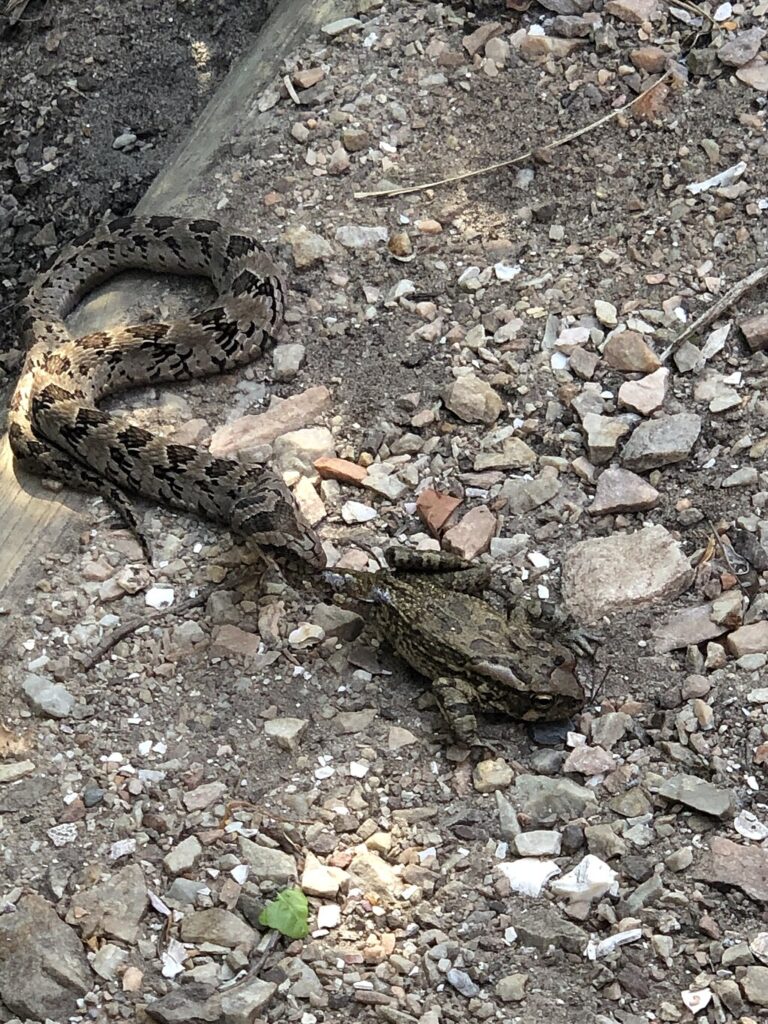
Perhaps the most striking example of social behavior in non-venomous snakes occurs during the winter months in temperate climates, where many species form large aggregations in hibernacula (winter dens). These communal denning sites can house hundreds or even thousands of individuals seeking protection from freezing temperatures. In the famous snake dens of Narcisse, Manitoba, red-sided garter snakes return to the same hibernacula year after year, often reuniting with the same individuals. This isn’t merely a matter of convenience but represents a form of social memory and recognition. Studies have demonstrated that snakes in these aggregations position themselves strategically, with smaller or younger individuals often benefiting from the body heat of larger snakes. These winter “friendships” provide crucial thermal benefits that significantly increase survival rates during the coldest months of the year.
Mating Aggregations: Social Gatherings with Purpose

The breeding season transforms many typically solitary non-venomous snakes into highly social creatures. During these periods, males of species like the common garter snake will follow female pheromone trails and form what herpetologists call “mating balls”—complex aggregations where multiple males compete for access to a single female. While competition is certainly present, these gatherings also feature fascinating social dynamics where males recognize rivals they’ve encountered in previous seasons. Research has documented cases where certain males consistently associate with each other during these mating periods year after year, suggesting a form of familiarity that transcends pure reproductive competition. These temporary but recurring social bonds help establish dominance hierarchies that reduce the need for potentially dangerous physical confrontations, benefiting all participants in these annual reproductive gatherings.
Communal Nesting: Maternal Collaboration
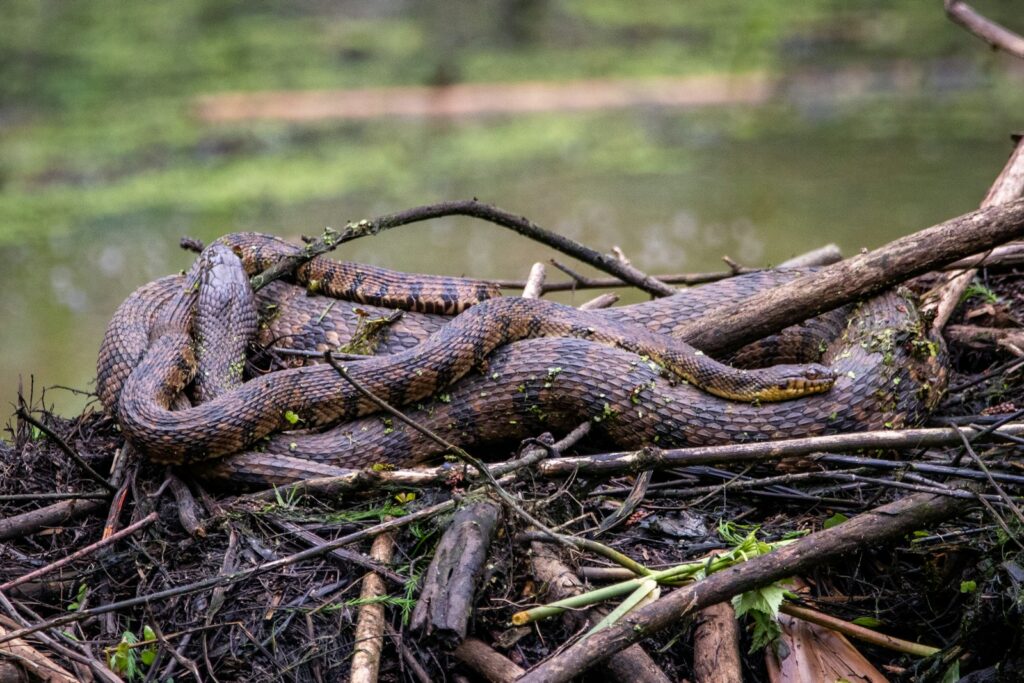
Several non-venomous snake species, including rat snakes, king snakes, and some pythons, exhibit remarkable social behavior when it comes to nesting and egg-laying. Females will often select communal nesting sites where multiple mothers deposit their eggs in close proximity. This behavior isn’t random but represents an adaptive strategy that provides several benefits to the developing embryos. In species like the Children’s python of Australia, mothers will sometimes coil around egg clutches together, combining their body heat to maintain optimal incubation temperatures. Research has shown that these communal nests often experience higher hatching success rates compared to solitary nests, particularly in challenging environmental conditions. Female snakes have been observed returning to the same nesting sites year after year, often laying eggs alongside the same “friends” from previous seasons, suggesting a level of familiarity and tolerance that belies their reputation as asocial creatures.
Basking Buddies: Thermoregulation Through Association

Thermoregulation represents one of the most visible forms of social behavior in non-venomous snakes. Species like garter snakes, water snakes, and rat snakes can often be observed basking together in prime sunny locations, forming what herpetologists refer to as “basking aggregations.” These gatherings serve crucial physiological functions as snakes are ectothermic and rely on external heat sources to regulate their body temperature. Research has demonstrated that these basking groups aren’t simply random collections of individuals that happened upon the same warm rock. Studies using mark-recapture techniques have shown that certain individuals consistently associate with specific basking partners across multiple days or weeks. These “basking buddies” appear to recognize each other and tolerate closer proximity than they would with unfamiliar snakes, creating informal social networks centered around preferred warming sites.
Snake Friendships Across Species Lines
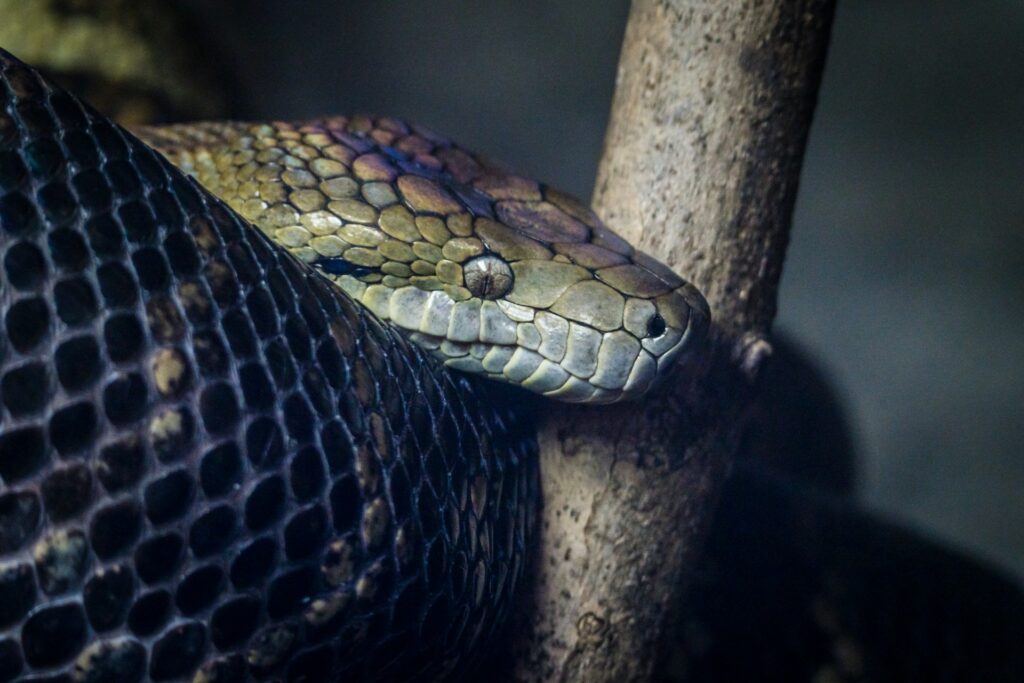
Perhaps the most surprising aspect of snake sociality is the occasional formation of inter-species associations that could be interpreted as cross-species “friendships.” In certain habitats, different non-venomous snake species will share hibernacula, basking sites, and even hunting grounds with minimal aggression. For instance, eastern kingsnakes and black rat snakes can sometimes be found sharing the same winter dens in parts of the eastern United States. These associations aren’t merely coincidental but often provide mutual benefits such as improved predator detection or enhanced thermal regulation. Research in the Florida Everglades has documented cases where southern black racers and eastern indigo snakes will utilize the same refuges during extreme weather events, seemingly tolerating each other’s presence despite being potential competitors. These inter-species associations challenge our understanding of reptilian social behavior and suggest that the concept of snake “friendships” may extend beyond species boundaries in certain ecological contexts.
The Role of Learning in Snake Sociality
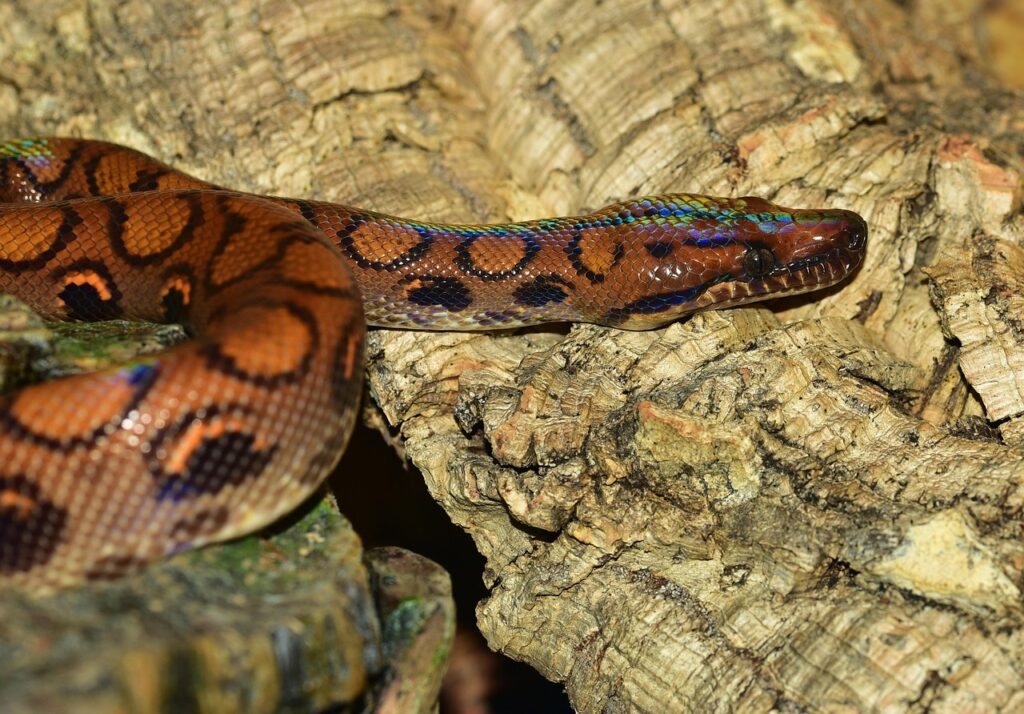
Contrary to the outdated view of reptiles as creatures of pure instinct, research has revealed that non-venomous snakes possess impressive learning capabilities that influence their social behaviors. Studies have demonstrated that many species can learn to recognize familiar individuals and adjust their responses accordingly, showing less defensive behavior toward snakes they’ve previously encountered without negative consequences. In captivity, corn snakes and ball pythons have been observed forming preferences for certain cage mates over others when given choices in experimental settings. Field research on timber rattlesnakes (though venomous, providing insight into snake cognition generally) has shown that mothers and offspring can maintain associations for extended periods, with juveniles following chemical trails left by their mothers. This capacity for social learning and recognition challenges traditional views of reptilian cognition and suggests that snake “friendships” may involve more complex cognitive processes than previously believed.
Cooperative Hunting: Uncommon But Documented
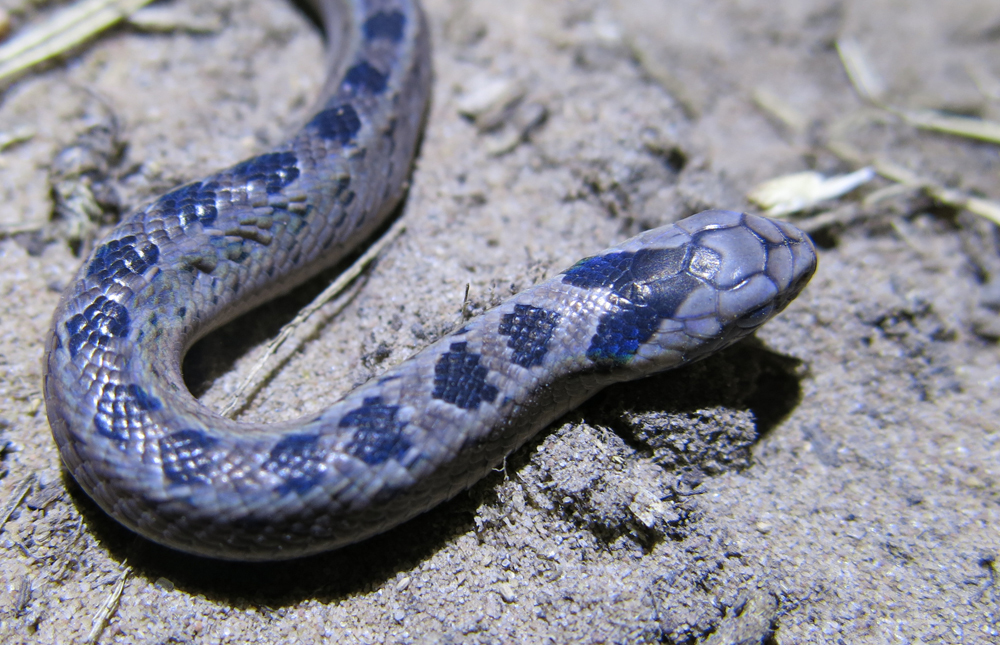
While cooperative hunting remains rare among snakes compared to mammals, several intriguing examples have been documented in non-venomous species. Cuban boas have been observed coordinating their positions at cave entrances to more effectively capture bats, positioning themselves strategically to block escape routes. In laboratory settings, some colubrid snakes have demonstrated improved hunting success when foraging in pairs compared to hunting alone, particularly when pursuing elusive prey in complex environments. Field researchers studying African egg-eating snakes have reported instances where multiple individuals synchronize their approach to birds’ nests, creating diversions that increase the group’s overall success rate. Though these behaviors may not represent friendships in the mammalian sense, they do indicate a capacity for coordination and mutual benefit that challenges the stereotype of snakes as purely solitary predators incapable of cooperative behaviors.
The Benefits of Snake Sociality

The various forms of social behavior observed in non-venomous snakes confer significant evolutionary advantages that help explain why these patterns have developed despite snakes’ reputation for solitary living. Group thermoregulation allows smaller individuals to achieve optimal body temperatures more efficiently, particularly in challenging environmental conditions. Communal hibernation significantly reduces the risk of freezing during winter months, with studies showing mortality rates up to 60% lower in larger aggregations compared to solitary hibernators. Predator detection improves dramatically in groups, as multiple vigilant individuals can spot threats more effectively than a single snake could alone. Research has also identified reproductive benefits, with females in communal nesting sites experiencing higher egg survival rates and more consistent incubation temperatures. These tangible survival advantages have likely driven the evolution of social tolerance and recognition in many non-venomous snake species, creating the foundation for what we might anthropomorphically call “friendships” in the wild.
The Conservation Implications of Snake Sociality
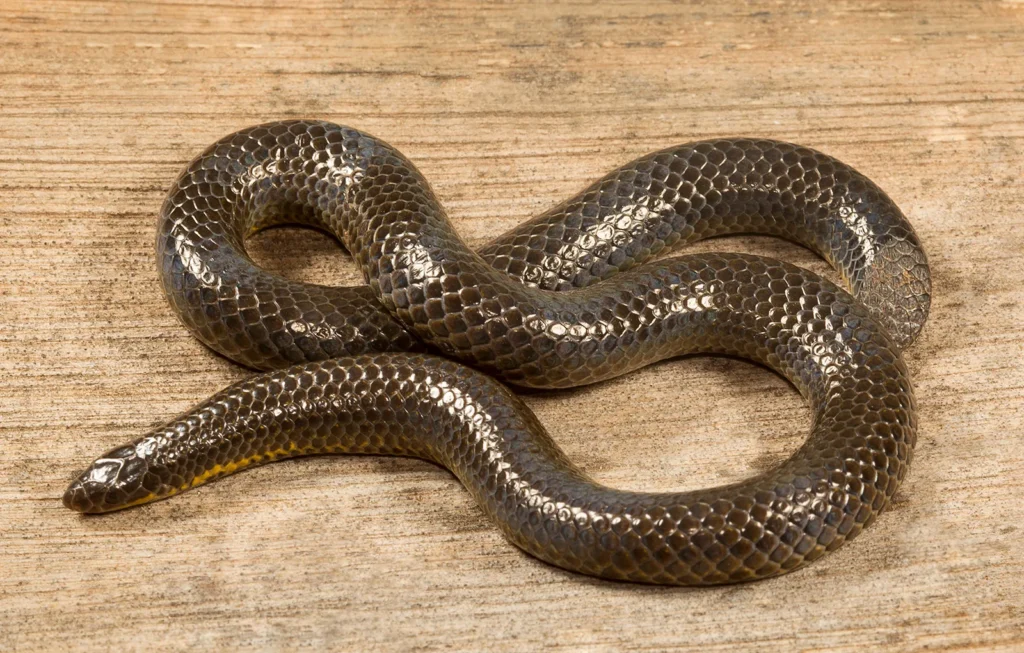
Understanding the social behaviors of non-venomous snakes has profound implications for conservation efforts targeting these often-misunderstood reptiles. Traditional conservation approaches that focus on protecting individual snakes may be insufficient if they fail to account for the complex social structures many species rely upon. For example, the destruction of a single hibernaculum could eliminate an entire local population of garter snakes that has used that site for generations. Similarly, conservation translocations that move individual snakes without considering their social connections often result in poor survival outcomes, with relocated individuals frequently attempting dangerous journeys to return to their social groups. Forward-thinking conservation programs now incorporate knowledge of snake sociality into habitat protection strategies, ensuring that key aggregation sites receive special protection. By recognizing and respecting the social needs of non-venomous snakes, conservationists can develop more effective approaches to protecting these ecologically important reptiles in an increasingly fragmented natural world.
The Future of Research on Snake Sociality
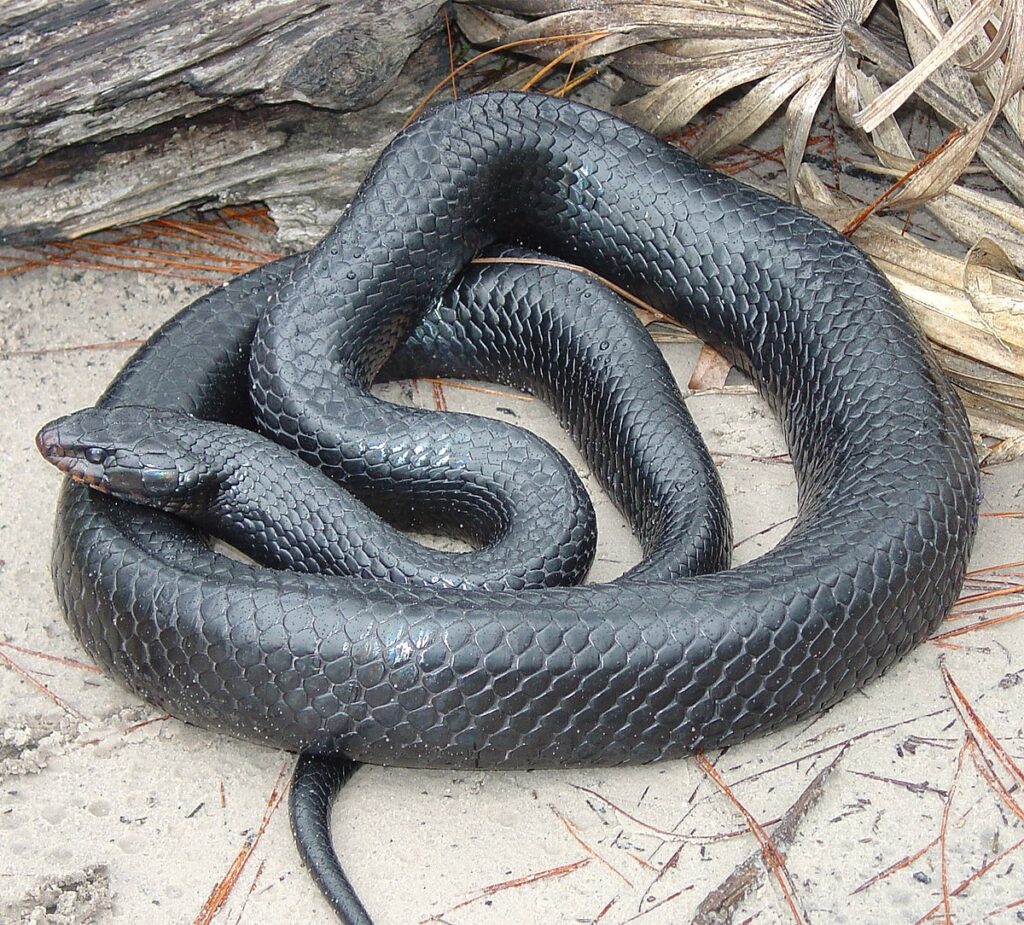
The study of social behavior in non-venomous snakes represents a rapidly evolving field with exciting new discoveries challenging our traditional understanding of reptilian sociality. Advancing technologies like miniaturized GPS trackers and environmental DNA sampling are enabling researchers to track snake social networks with unprecedented detail in natural settings. Sophisticated laboratory studies using three-dimensional tracking systems can now map complex social interactions among groups of snakes, revealing subtle patterns of association and avoidance that were previously undetectable. Genomic research is beginning to identify the genetic basis for social recognition in several snake species, potentially revealing evolutionary connections to social behaviors in other vertebrates. As these research tools continue to develop, our understanding of snake “friendships” will likely expand dramatically, further blurring the once-clear distinction between “social” mammals and “solitary” reptiles, and revealing non-venomous snakes as more complex social beings than we ever imagined.
Conclusion
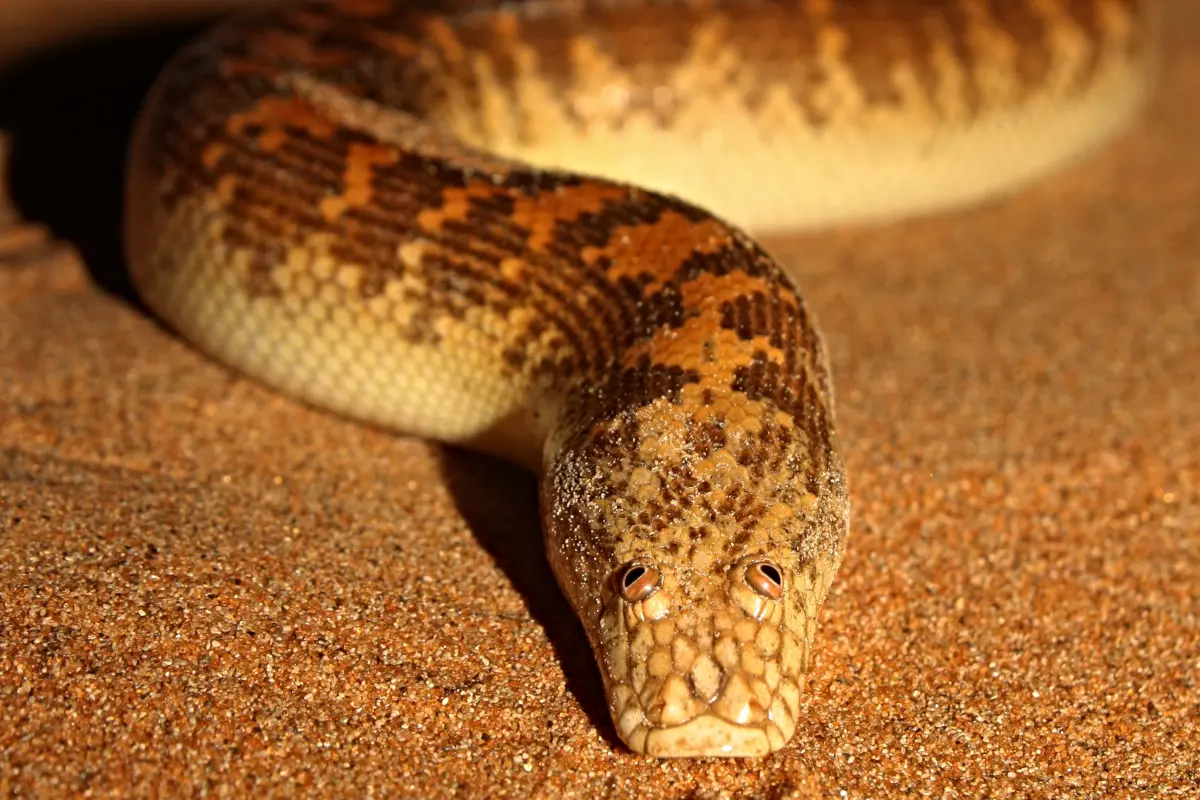
The social lives of non-venomous snakes reveal a fascinating world far removed from their solitary, cold-blooded stereotype. Through chemical communication, communal denning, shared basking, cooperative behaviors, and even cross-species tolerance, these reptiles demonstrate sophisticated social adaptations that improve their chances of survival in challenging environments. While snake “friendships” differ fundamentally from the emotional bonds formed by mammals, they nonetheless represent meaningful connections that benefit the participants and shape their behaviors. As research techniques improve and our understanding deepens, we continue to discover that the line between “social” and “solitary” animals is far more blurred than previously thought. By appreciating the complex social dynamics of non-venomous snakes, we gain not only scientific insight but also a greater appreciation for these remarkable reptiles that have adapted to virtually every terrestrial ecosystem on our planet.

